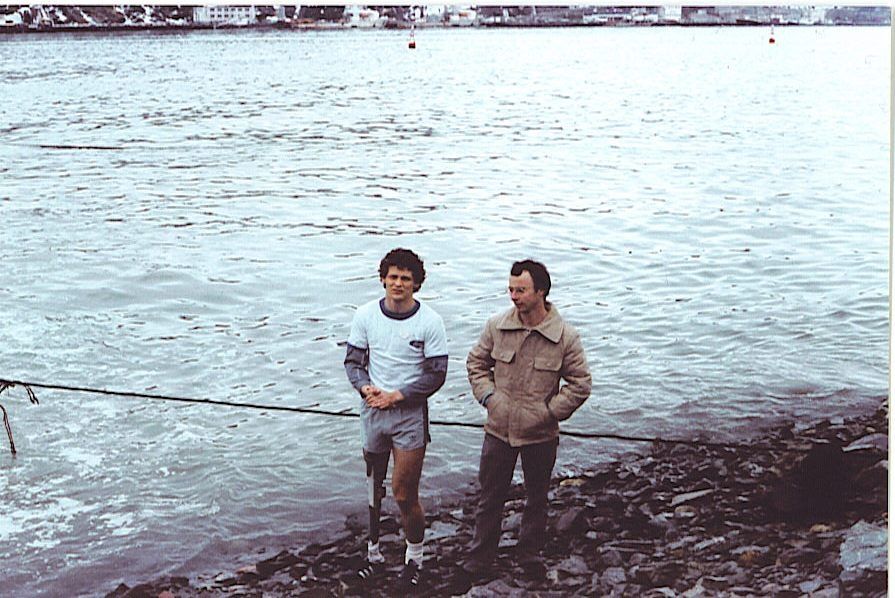By Tania Haas
To see Terry Fox run was to love him. “Kids chased him. People who had a lost a limb were inspired by him. Communities rallied behind him,” says Sheldon Posen, curator of Terry Fox – Running to the Heart of Canada, a new exhibit at the Canadian Museum of History in Gatineau, Que. “He was every kind of hero you can think of.”
He was every kind of hero you can think of.

But Terry Fox didn’t want to be a hero. He wanted to raise money for cancer research. More than 35 years ago Terry Fox dipped his artificial leg into the Atlantic Ocean in a Newfoundland harbour, and then set out on what he had planned would be a six month run across the country. With a double hop stride that would come to represent his determination and grit, Terry started a run and solidified his icon status and faith in the human spirit.
He would run about a marathon a day through six provinces, and only stopped when he was sidelined by cancer in his lungs.
In a pre-Internet time, Terry’s cause went viral in 1980 and has been trending ever since.
Terry didn’t want to be a hero but it was to be his legacy. No one who saw him run could be cynical about what he was doing. Just the opposite. There was a magnetic draw to support him. In a pre-Internet time, Terry’s cause went viral in 1980 and has been trending ever since.
When his run was cut short in September 1980, the Marathon of Hope had raised over $2 million for cancer research. Over the next six months, while Terry underwent treatment, his hope of raising $1 per every Canadian was realized. Terry would die four months later, one month short of his 23rd birthday. The first Terry Fox Run was held that September.

Over the next three decades, races in his name would go on to raise over $650 million worldwide for cancer research.
Terry’s icon status is characterized by a special type of heroism.“He allowed others to be a part of what he started,” says Posen. “And that’s very powerful.”
For years, Canadians have been fascinated in retracing Terry’s 143-day, 5,300-kilometre journey from St. John’s, N.L. to Thunder Bay, Ont. Adding to this, is the chance to see Terry’s daily journal entries, postcards and letters from supporters, artifacts, press clippings, interviews and photographs.
Visit www.historymuseum.ca for more info. Scroll through the interactive feature here to track Terry Fox’s journey across Canada.
